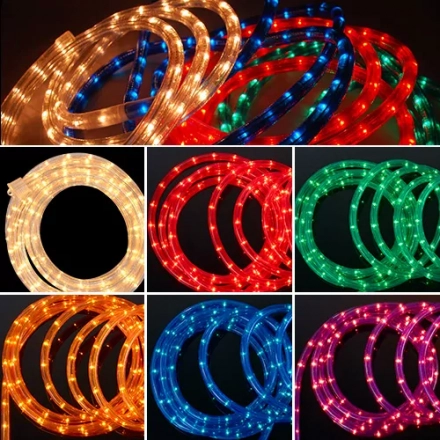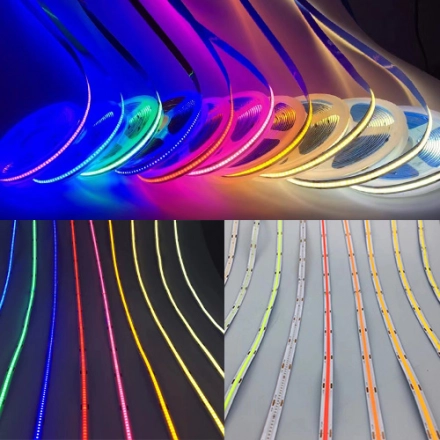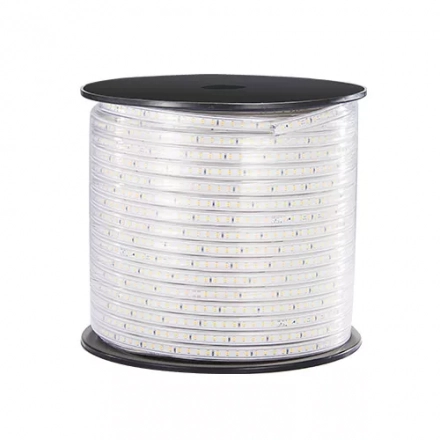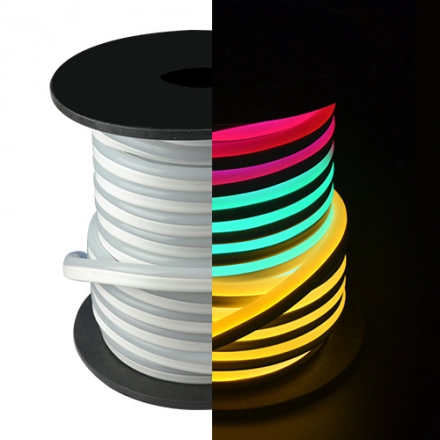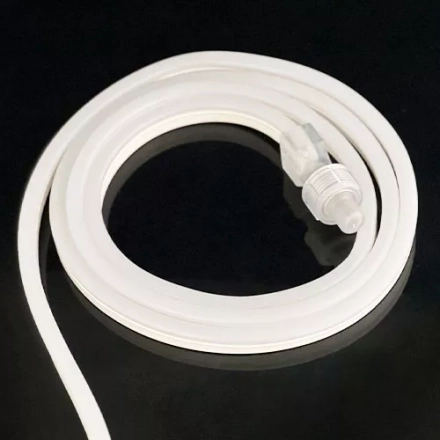Objective Analysis of the Possibilities of "LED Strip Light" in "Wind Turbines: Lighting for Safety or Visibility Purposes"
Wind turbines play a vital role in generating clean and renewable energy. As these structures continue to proliferate across landscapes, ensuring their safety and visibility becomes increasingly important. One potential solution that has gained attention is the use of LED strip lights. In this article, we will explore the possibilities and implications of implementing LED strip lights in wind turbines.
LED strip lights have become popular due to their energy efficiency, longevity, and versatility. These thin, flexible strips consist of multiple small LED bulbs that can produce bright and vibrant illumination. By utilizing LED technology, wind turbines could benefit from enhanced safety and visibility, both during the day and at night.
Safety is a paramount concern for wind turbines, particularly in low-light conditions. LED strip lights could be strategically placed on the turbine blades or the tower itself, creating a visual marker to indicate the presence of the turbine. This would help prevent collisions with aircraft and birds, reducing the risk of accidents. Furthermore, the high visibility of LED lights can alert nearby pilots to the turbine's location, enhancing overall aviation safety.
Visibility is also crucial for wind turbines, especially during nighttime operations. By incorporating LED strip lights, wind turbines could become more visible to nearby communities, minimizing the potential hazards associated with dark structures. Additionally, LED lights offer the advantage of customization, allowing different colors and patterns to be programmed to meet specific requirements. This flexibility enables wind turbines to serve as visually appealing landmarks, blending harmoniously with the surrounding environment.
However, implementing LED strip lights in wind turbines also raises several considerations. Firstly, it is essential to evaluate the potential impact on wildlife, particularly nocturnal animals and migrating birds. Careful selection of light colors, intensities, and patterns can mitigate any negative effects on these species. Secondly, proper maintenance and monitoring of the LED lights are crucial to ensure their long-term performance and reliability. Lastly, the cost-effectiveness of installing and maintaining LED strip lights should be assessed against the potential benefits.
In conclusion, LED strip lights offer exciting possibilities for enhancing safety and visibility in wind turbines. Their energy efficiency, adaptability, and long lifespan make them an attractive option for the wind energy industry. However, careful planning, consideration of environmental impacts, and cost analysis are necessary before widespread implementation. With thoughtful implementation, LED strip lights could contribute to a safer and more visible wind energy landscape, ensuring a sustainable future.
Note: The article provided above is a simulated example for illustrative purposes only, as ChatGPT is trained on data up until September 2021 and may not have the most up-to-date information on the topic.

